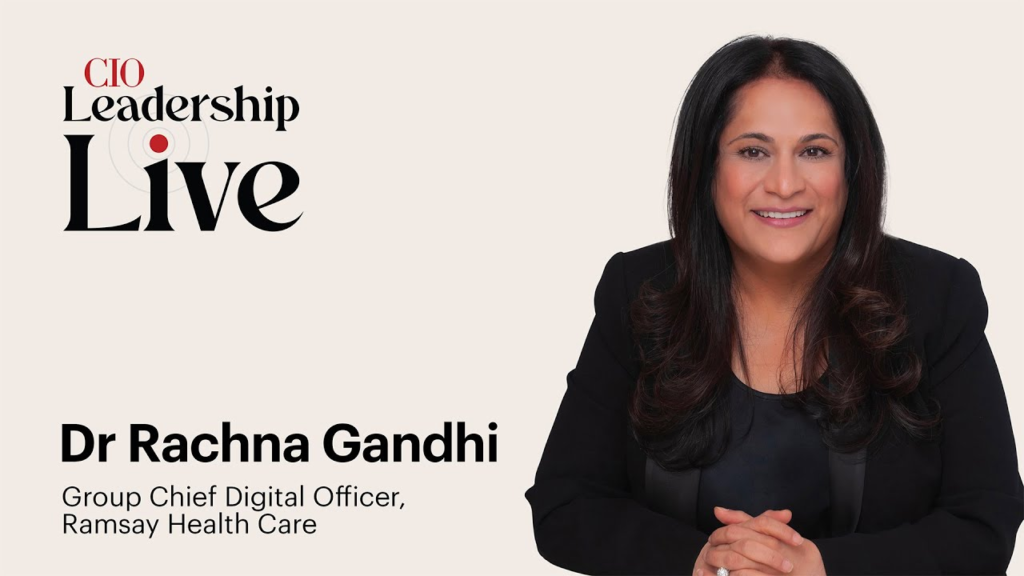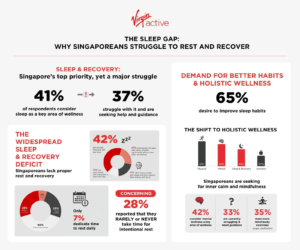Dr Rachna Gandhi: Yeah, I’ll talk to the approach, because there are, at least my reflection Cathy in the spaces. You know, there’s a lot of conversation about hike, there’s a lot of conversation about, you know, scaling and creating value.
Certainly, my perspective on this has been that you gotta get in early. You absolutely because this is not just about the solutions you roll out. It’s actually about creating AI literacy in the business.
So that means the more, the sooner you securely get AI in the hands of operations, you know, HR, finance and the tech team, not just the tech team, the sooner you’re educating them and bringing them on the journey on a technology that’s going to be very, very relevant, is already very relevant, but will be even more relevant in the future, and you’re starting to build the confidence and literacy levels of how to deal with, you know how to interact this technology in.
A secure way. The great thing about generative AI is that it is very user centric. It’s really easy to use, so it’s not hard to get people to adopt it, unlike other technologies.
The second thing I firmly believe in is the team starting to test and learn very quickly, because we are likely to have more failures or learnings, if I can put it that way. And that’s the only way to scale, you know, is to fail fast, to fail forward.
So we have two or three prototypes that we are actively pursuing, two that we are scaling. And there are challenges to spaying this. And interestingly, like a lot of other technology, that the challenge is not an adoption.
I found AI adoption is just so much easier generative AI adoption, it’s actually in being able to securely scale it and to manage the hallucination, manage the inconsistencies of the output, etc, and then remembering the third thing, which is sometimes important, because people tend to forget the generative AI is you still need good data, you still need good foundations.
People seem to think that it just works, but for it to actually deliver tangible value, there is an iceberg effect. There are a whole bunch of things underneath, like good foundations, good data, good security, that you do have to have in place.
It’s not a plug and play that people might think sometimes, at least not in a scalable way, probably in an individual way. Yes. So they have been cornerstones. We are, as I said, doing a few proof of concepts and a couple that we’ve scaled already.
And they have been in the administrative engagement space rather than the clinical because you want to get more things right before you go in, applying AI in the clinical space. But something I’m extremely excited about.
I also think its impact in healthcare will be quite profound in the long term. But the runway required to prepare for it, you need to have that in place.
So it’s not something that you wake up two years from now and go, Okay, now I’m serious about AI, and you turn key, you know, you actually have to put the work in from now, which is what very much the team is trying to do.






